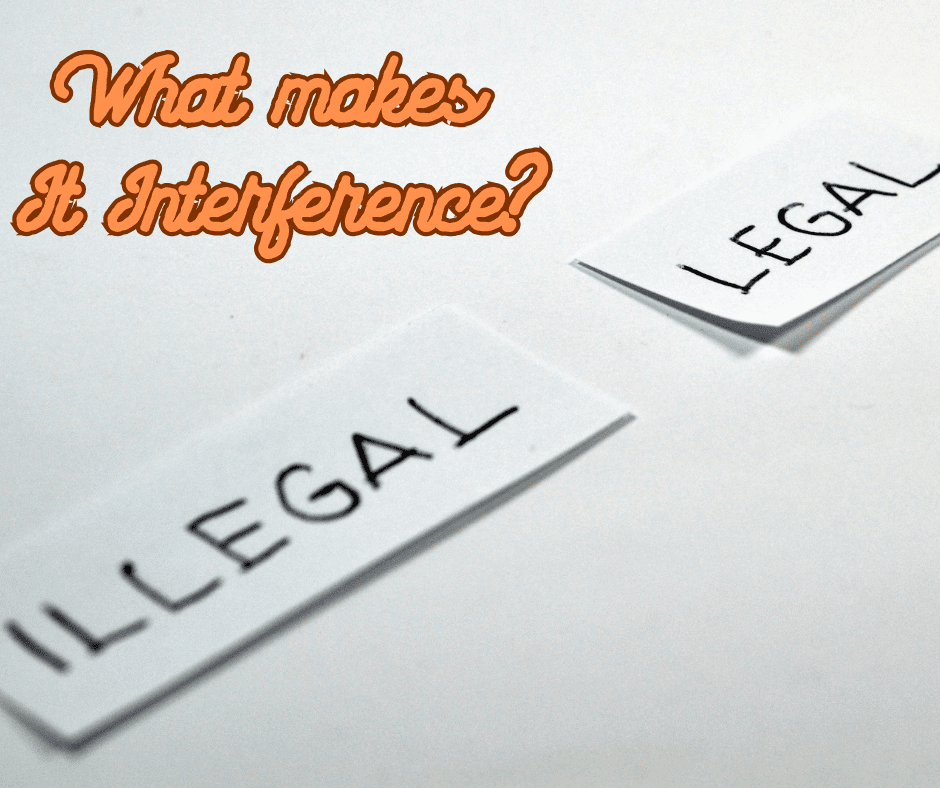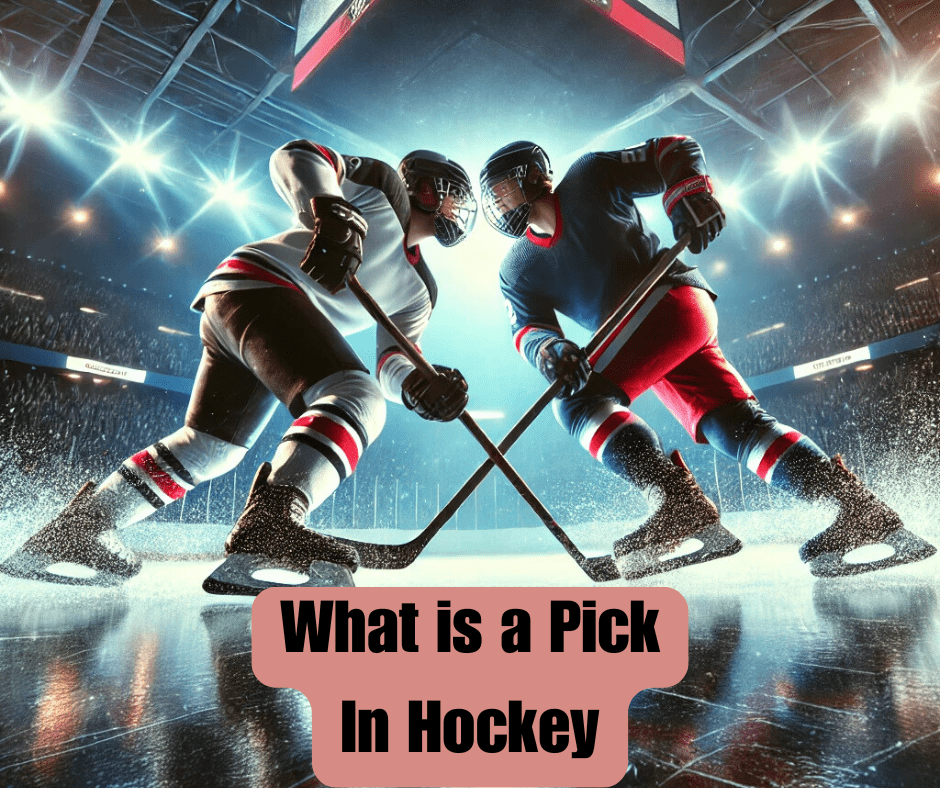What is a Pick in Hockey?
Understanding the ‘Pick’ Term in Ice Hockey
So you may have googled, “What is a Pick in Hockey?” Great…so did I when I was a new hockey parent! Gonna help you out here so you will know whether to cheer (or groan) with full confidence of context during your child’s next game, or the next NHL game.
I thought a “pick” only had to be in the NHL Draft. Well, it could, but in a different context, a pick can be considered a Minor Penalty!
What Exactly Is a Pick in Hockey?
In the simplest terms, a “Pick” in Hockey is when a player positions themselves to block or impede an opponent, aiming to create space or an advantage for their respective teammate.
Think of it as setting a screen in Basketball (considered a legal block) but now on the ice. The goal is to disrupt the opposing player’s path, allowing a teammate to maneuver more freely – and gain the edge.
It is important to remember in Hockey, every player without the puck still has the right to ice, (and the right to party) be on the ice.
Every player has a right and entitlement to occupy their space on the rink.
So, if a dude without a puck is skating, he has the right to skate and right to ice.
This “right” forms the foundation of understanding legal and illegal picks.
The Act of Holding Position
Imagine a winger skating hard toward the blue line during a breakout play.
He sees his center carrying the puck.
The winger sees an opponent barreling toward their teammate, the center, who is carrying the puck up the ice.
The winger decides to slow down and hold their position near the boards, essentially blocking the path of the pursuing defender.
This act of holding position is legal as long as the winger doesn’t actively move into the defender’s lane or initiate contact. The winger exercises their right to the ice by holding a spot they’ve already established on the rink.
Let’s contrast this with an illegal example. If the winger deliberately skates into the defender’s path instead of holding their position, forcing them to slow down or collide. In this case, the action would be penalized as interference because the winger is intentionally impeding a player who does not have the puck.
The Right to Ice in Gameplay
The right to ice emphasizes that players can assert their presence strategically without overstepping into interference and penalty territory.
Keeping it legal, requires spatial awareness, and players to anticipate the opponent’s movement. Think two steps ahead without crossing the line into a penalty.
It’s a subtle but powerful tactic in hockey, especially when executed cleanly to either open lanes or protect puck carriers.
By understanding the nuances of picks and the right to ice, players can incorporate this strategy into their play while adhering to the rules.
Players can swiftly influence the game without risking unnecessary whistles from the officials.
The Fine Line of Timing and Positioning

The difference between a legal and illegal pick hinges on timing and positioning:
- Legal Pick: As we reviewed above, If a player establishes their position without moving into the path of an oncoming opponent and doesn’t initiate contact, it’s typically considered legal. Essentially, they’re holding their ground, and any collision is incidental.
- Illegal Pick: When a player actively moves into the path of an opponent, especially without the puck, and impedes their progress to skate, it’s deemed illegal. This action falls under an “Interference” Penalty in Hockey. According to the NHL Rulebook, Interference is defined as “impeding the progress of an opponent who does not have the puck.”
What’s the Penalty for a Pick Inference
We knew you were wondering! Hope you don’t find this too dry….
Per the USA Hockey Website:
Rule 625 | Interference
“(Note) Interference is defined as when a player uses their body (“pick” or “block”) to impede the progress of an opponent (non-puck carrier) with no effort to play the puck, maintain normal foot speed or maintain an established skating lane.
(a) A minor penalty shall be assessed for interference.”
Moms and a Parent’s Perspective
As parents, our primary concern is the safety of our children on the ice.
Illegal picks can lead to unexpected collisions, increasing the risk of injury. Educating our young athletes about the rules not only makes them better players but also keeps them safer.
Conclusion
The “pick” is a strategic element in hockey that, when used correctly, can be a strategic art to the hockey system.
By understanding the difference between legal and illegal picks, we can better appreciate the game’s intricacies and guide our children to play smart, safe, and within the rules.
Next time you’re rink side, you’ll know exactly what’s happening when the ref blows the whistle for interference, and you can explain it to the puzzled parent… You are such a Hockey smartypants!
References:
- Hockey Arsenal. (n.d.). Ice hockey pick pays. Substack. Retrieved November 17, 2024, from https://hockeysarsenal.substack.com/p/ice-hockey-pick-plays
- The Hockey Writers. (n.d.). Hockey 101: Interference and goalie interference. Retrieved November 17, 2024, from https://thehockeywriters.com/hockey-101-interference-and-goalie-interference/



